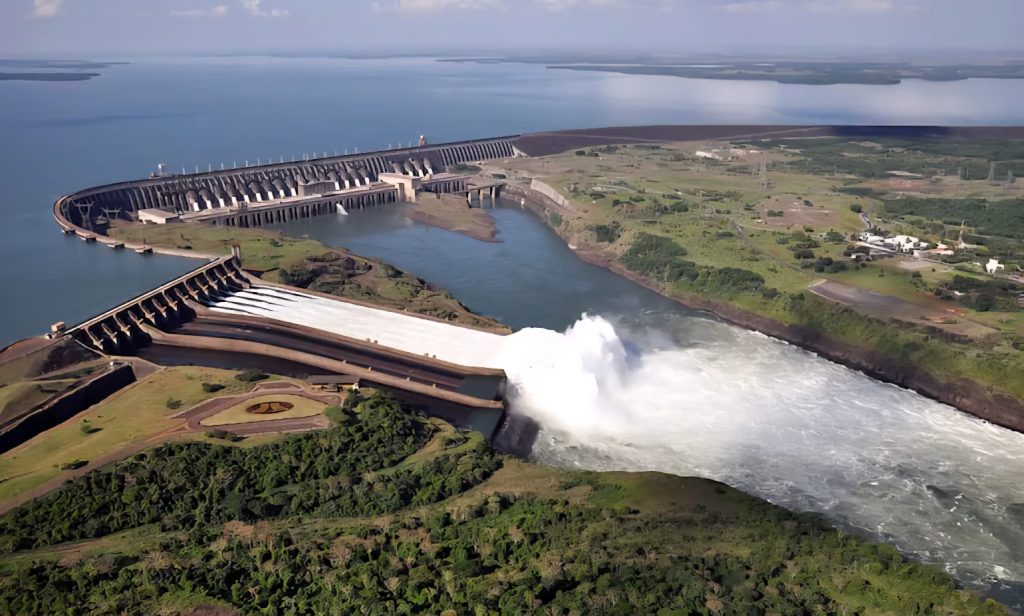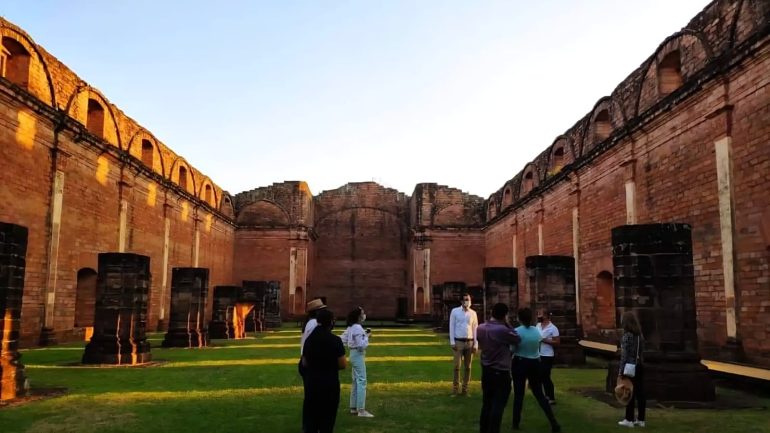Paraguay is quietly, but steadily carving out a space for itself on South America’s tourists map, especially for those drawn to culture and nature. This emerging trend is reflected in the recently published “Market Study for Nature and Cultural Tourism in Paraguay”, commissioned by the National Secretariat of Tourism (Senatur), supported by the Inter-American Development Bank (IDB), and carried out by the Spanish consultancy Codexca.
The study reveals an audience of more than 1.5 million tourists eager for authentic, meaningful travel experiences, ones that go beyond sightseeing and connect visitors to local life, heritage and nature. Their growing interest speaks to the urgent need for a tourism model that is not only strategic, but also respectful of Paraguay’s unique identity and environment.
A portrait of Paraguay’s tourism landscape
Through five careful research phases, including interviews, surveys and georeferenced mapping, the study offers a wide-angle view of both the current supply and future potential of the tourism sector.
Paraguay is a country filled with magical places, and its departments hold landscapes, history, and captivating culture. In Cordillera, the hills, streams, and the iconic Lake Ypacaraí make San Bernardino the heart of the summer season. Meanwhile, in Paraguarí, the hills of Cristo Redentor, Hû and Perô stand out for their beauty and geological value.
Itapúa dazzles with its natural and cultural richness: the Jesuit ruins, San Rafael National Park, and Encarnación’s vibrant carnival draw thousands of visitors each year. In Alto Paraná, waterfalls, rivers, and the bustling trade of Ciudad del Este combine with deep cultural experiences alongside Guaraní communities.
Guairá offers viewpoints, hills, waterfalls, and trails, perfect for those seeking peace and nature. Further south, Pilar, known as “The Pearl of the South,” enchants with its architecture, rich history, and proximity to the Ñeembucú wetlands, a haven for birdwatchers and nature lovers.
Concepción blends caves, parks, churches, and delicious cuisine. The Ypané River and its traditional woodcraft add charm to a land steeped in history. In the Chaco, Filadelfia stands as a cultural and economic hub, home to Mennonite, Indigenous, and Paraguayan communities alike. Further north, Bahía Negra offers wild nature, wetlands, vibrant birdlife, and ancestral culture.
And on the border with Brazil, Pedro Juan Caballero combines shopping, hospitality, and natural beauty. It is famous for events like Black Friday Frontera and the impressive Cerro Corá, attracting both bargain hunters and nature lovers.
How many tourists visit Paraguay?
In 2023, over 4 million people visited Paraguay. Among them were 846,066 international tourists, more than 1.1 million day-trippers, and over 2 million domestic travellers. These numbers show a steady rise in interest, but the study reminds us that growth comes with responsibilities.

Challenges such as weak infrastructure, the lack of upkeep in key areas, and a minimal digital footprint must be addressed to truly elevate the tourism experience.
Even so, the country’s charm continues to shine online. According to the Online Reputation Index (iRON), Paraguay boasts an average score of 9.2 out of 10. Hydroelectric dams take the lead in popularity, followed closely by cultural and natural attractions.
How can Paraguay reach its touristic potential?
To help Paraguay reach its full potential, the study outlines a set of strategic actions. These are not just policy steps, they are also a vision for what tourism in Paraguay could become:
• Strengthen the online visibility and reputation of local destinations for tourists.
• Invest in eco-friendly infrastructure in parks and reserves, with a focus on trails and sanitation.
• Design heritage routes through historic centres, where gastronomy, architecture, and memory walk hand in hand.
• Foster cross-border ecotourism circuits with Argentina, Brazil and Bolivia.
• Modernise national museums and inspire new engagement with the country’s rich historical tapestry.
According to the Minister of Tourism, Angie Duarte, the recommendations will support investment, create local opportunities, and help build a more diverse and inclusive economy. Late last year, the President of Taiwan inaugurated Paraguay’s stand at the Taipei Tourism Fair, another avenue to boost the influx of tourists.
With this roadmap in hand, Paraguay is not just planning for the future, it is beginning to reimagine it. By valuing its cultural roots and natural beauty, the country is offering both residents and travellers something far more enduring than a typical holiday: a way to connect, to preserve, and to belong.


